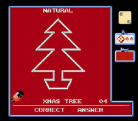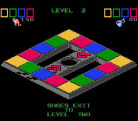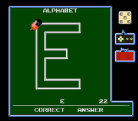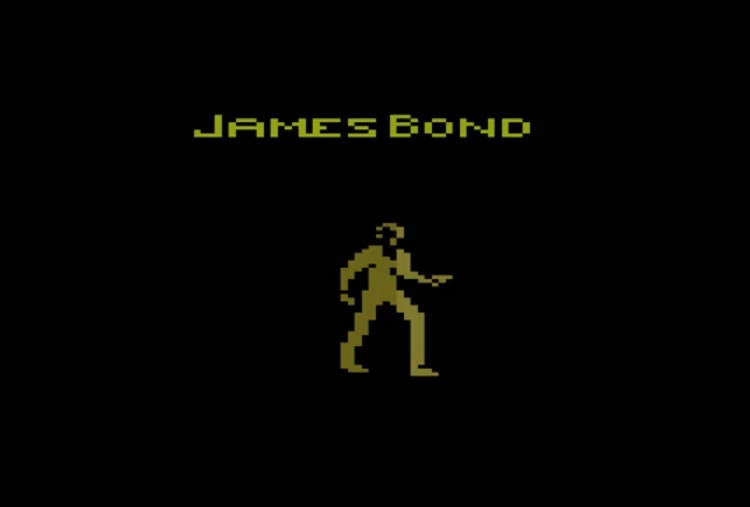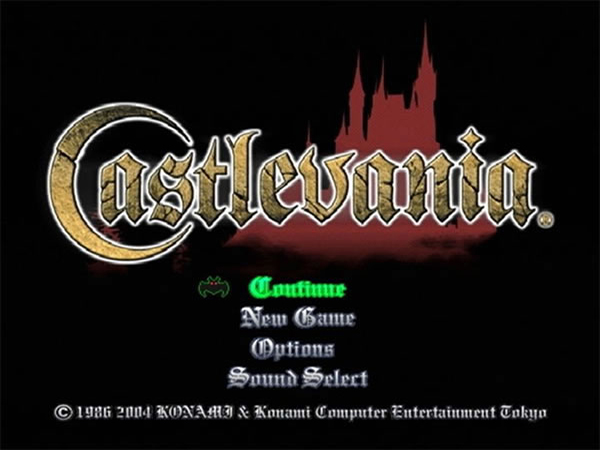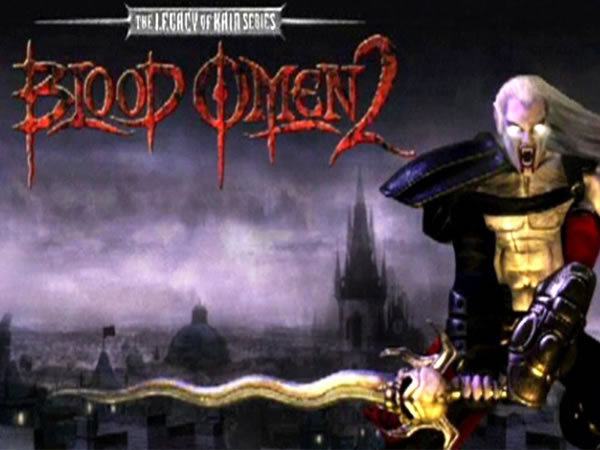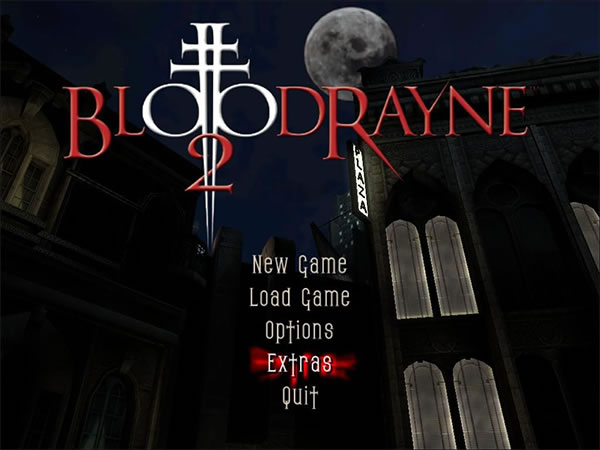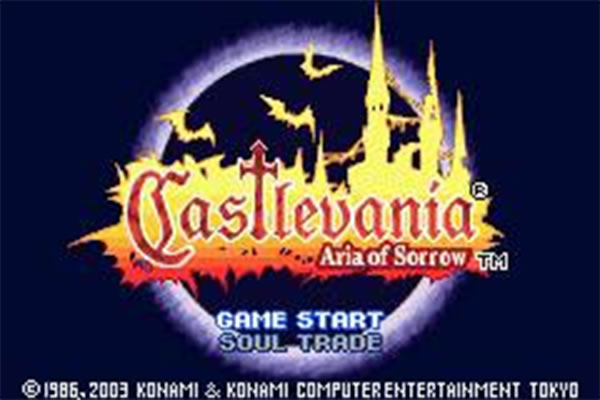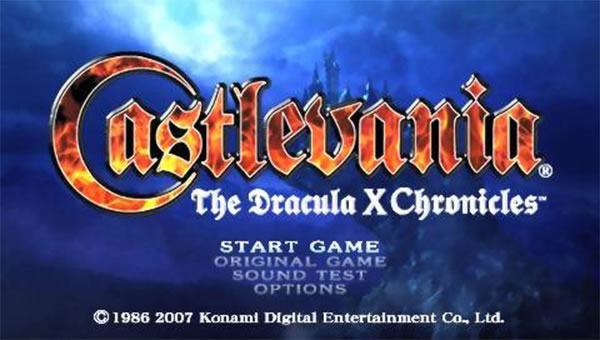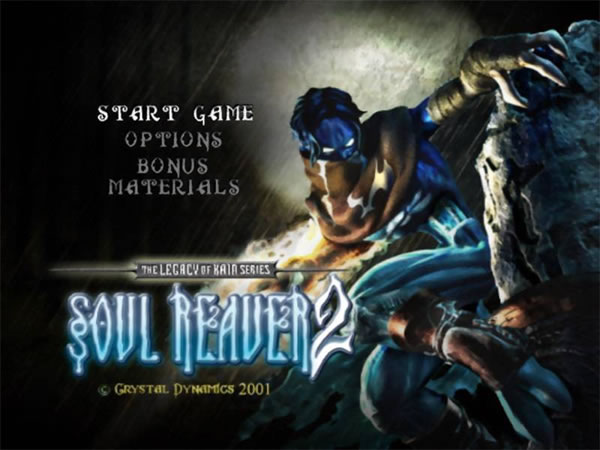- CLASSIC MAGAZINES
- REVIEW CREW
A show recapping what critics thought back
when classic games first came out! - NEXT GENERATION'S BEST & WORST
From the worst 1-star reviews to the best
5-stars can offer, this is Next Generation! - NINTENDO POWER (ARCHIVE)
Experience a variety of shows looking at the
often baffling history of Nintendo Power! - MAGAZINE RETROSPECTIVE
We're looking at the absolutely true history of
some of the most iconic game magazines ever! - SUPER PLAY'S TOP 600
The longest and most ambitious Super NES
countdown on the internet! - THEY SAID WHAT?
Debunking predictions and gossip found
in classic video game magazines! - NEXT GENERATION UNCOVERED
Cyril is back in this spin-off series, featuring the
cover critic review the art of Next Generation! - HARDCORE GAMER MAGAZING (PDF ISSUES)
Download all 36 issues of Hardcore Gamer
Magazine and relive the fun in PDF form!
- REVIEW CREW
- ELECTRONIC GAMING MONTHLY
- ELECTRONIC GAMING MONTHLY RANKS
From Mario to Sonic to Street Fighter, EGM
ranks classic game franchises and consoles! - ELECTRONIC GAMING MONTHLY BEST & WORST
Counting down EGM’s best and worst reviews
going year by year, from 1989 – 2009! - ELECTRONIC GAMING BEST & WORST AWARDS
11-part video series chronicling the ups and
downs of EGM’s Best & Worst Awards!
- ELECTRONIC GAMING MONTHLY RANKS
- GAME HISTORY
- GAME OVER: STORY BREAKDOWNS
Long-running series breaking down game
stories and analyzing their endings! - A BRIEF HISTORY OF GAMING w/ [NAME HERE]
Real history presented in a fun and pithy
format from a variety of game historians! - THE BLACK SHEEP
A series looking back at the black sheep
entries in popular game franchises! - INSTANT EXPERT
Everything you could possibly want to know
about a wide variety of gaming topics! - FREEZE FRAME
When something familiar happens in the games
industry, we're there to take a picture! - I'VE GOT YOUR NUMBER
Learn real video game history through a series
of number-themed episodes, starting at zero! - GREAT MOMENTS IN BAD ACTING
A joyous celebration of some of gaming's
absolute worst voice acting!
- GAME OVER: STORY BREAKDOWNS
- POPULAR SHOWS
- DG NEWS w/ LORNE RISELEY
Newsman Lorne Riseley hosts a regular
series looking at the hottest gaming news! - REVIEW REWIND
Cyril replays a game he reviewed 10+ years
ago to see if he got it right or wrong! - ON-RUNNING FEUDS
Defunct Games' longest-running show, with
editorials, observations and other fun oddities! - DEFUNCT GAMES QUIZ (ARCHIVE)
From online quizzes to game shows, we're
putting your video game knowledge to the test!- QUIZ: ONLINE PASS
Take a weekly quiz to see how well you know
the news and current gaming events! - QUIZ: KNOW THE GAME
One-on-one quiz show where contestants
find out if they actually know classic games! - QUIZ: THE LEADERBOARD
Can you guess the game based on the classic
review? Find out with The Leaderboard!
- QUIZ: ONLINE PASS
- DEFUNCT GAMES VS.
Cyril and the Defunct Games staff isn't afraid
to choose their favorite games and more! - CYRIL READS WORLDS OF POWER
Defunct Games recreates classic game
novelizations through the audio book format!
- DG NEWS w/ LORNE RISELEY
- COMEDY
- GAME EXPECTANCY
How long will your favorite hero live? We crunch
the numbers in this series about dying! - VIDEO GAME ADVICE
Famous game characters answer real personal
advice questions with a humorous slant! - FAKE GAMES: GUERILLA SCRAPBOOK
A long-running series about fake games and
the people who love them (covers included)! - WORST GAME EVER
A contest that attempts to create the worst
video game ever made, complete with covers! - LEVEL 1 STORIES
Literature based on the first stages of some
of your favorite classic video games! - THE COVER CRITIC
One of Defunct Games' earliest shows, Cover
Critic digs up some of the worst box art ever! - COMMERCIAL BREAK
Take a trip through some of the best and
worst video game advertisements of all time! - COMIC BOOK MODS
You've never seen comics like this before.
A curious mix of rewritten video game comics!
- GAME EXPECTANCY
- SERIES ARCHIVE
- NINTENDO SWITCH ONLINE ARCHIVE
A regularly-updated list of every Nintendo
Switch Online release, plus links to review! - PLAYSTATION PLUS CLASSIC ARCHIVE
A comprehensive list of every PlayStation
Plus classic release, including links! - RETRO-BIT PUBLISHING ARCHIVE
A regularly-updated list of every Retro-Bit
game released! - REVIEW MARATHONS w/ ADAM WALLACE
Join critic Adam Wallace as he takes us on a
classic review marathon with different themes!- DEFUNCT GAMES GOLF CLUB
Adam Wallace takes to the links to slice his way
through 72 classic golf game reviews! - 007 IN PIXELS
Adam Wallace takes on the world's greatest spy
as he reviews 15 weeks of James Bond games! - A SALUTE TO VAMPIRES
Adam Wallace is sinking his teeth into a series
covering Castlevania, BloodRayne and more! - CAPCOM'S CURSE
Adam Wallace is celebrating 13 days of Halloween
with a line-up of Capcom's scariest games! - THE FALL OF SUPERMAN
Adam Wallace is a man of steel for playing
some of the absolute worst Superman games! - THE 31 GAMES OF HALLOWEEN
Adam Wallace spends every day of October afraid
as he reviews some of the scariest games ever! - 12 WEEKS OF STAR TREK
Adam Wallace boldly goes where no critic has
gone before in this Star Trek marathon!
- DEFUNCT GAMES GOLF CLUB
- DAYS OF CHRISTMAS (ARCHIVE)
Annual holiday series with themed-episodes
that date all the way back to 2001!- 2015: 30 Ridiculous Retro Rumors
- 2014: 29 Magazines of Christmas
- 2013: 29 Questionable Power-Ups of Christmas
- 2012: 34 Theme Songs of Christmas
- 2011: 32 Game Endings of Christmas
- 2010: 31 Bonus Levels of Christmas
- 2009: 30 Genres of Christmas
- 2008: 29 Controls of Christmas
- 2007: 34 Cliches of Christmas
- 2006: 33 Consoles of Christmas
- 2005: 32 Articles of Christmas
- 2004: 31 Websites of Christmas
- 2003: 29 Issues of Christmas
- 2002: 28 Years of Christmas
- 2001: 33 Days of Christmas
- NINTENDO SWITCH ONLINE ARCHIVE
- REVIEW ARCHIVE
- FULL ARCHIVE
Anticipation
Hyped as "Nintendo's first video board game," I was skeptical of Anticipation
going in. I've been burned by 8-bit ports of Jeopardy! and Wheel of Fortune,
but I stuck with it knowing that this was a Rare-developed game build from the
ground up for the Nintendo Entertainment System. It turns out that you can
have quite a bit of fun with Anticipation, but I'm not sure it's going to
replace your real world board games.
Anticipation feels like a cross between Trivial Pursuit, Wheel of Fortune and Pictionary. The game takes place on one of several different tables, each resembling something you might see in a traditional Parker Brother's board game. The board is made up of several different colored tiles - yellow, green, blue and pink - each with their own category of puzzle to solve. The object of the game is to collect each of the colors, the first to do that wins the game and moves on to the next board.
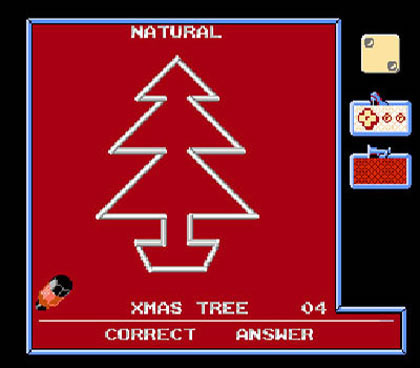
Instead of answering questions (a la Jeopardy!), you it's your job to guess what a simple picture is before anybody else. At first the picture will be nothing more than a series of dots. Can you guess it without any help? If so you'll earn the maximum roll of the die (six spaces on the board). Before long a pencil will begin to connect the dots, giving you a clearer look at what the picture is. The more puzzle is shown, the less spaces you'll be able to move. The first person to ring in is given control of the board and the potential to earn all four of the color tiles.
Thankfully the game gives you a few hints. For example, you will be able to see how many letters the computer is looking for. You will also see the category, which can be anything from a letter to an object to an article of clothing. So, if you know that the computer is drawing an article of clothing and you only have four letters, chances are it will be something simple like a "boot" or a "shoe." Ring in when you know, but don't spell it wrong more than once or you're out.
For the most part this concept works brilliantly. It's quick and easy to figure out letters and numbers, objects can be tricky and the clothing category is more fun than you might think. But occasionally the game wants questionably specific responses. I was stumped while watching the computer draw what looked like a Christmas tree. I could see that it was two 4-letter words, but I could have sworn it was a Christmas tree. I tried "Pine Tree," but the computer didn't accept that. And then it hit me, the computer didn't want Christmas tree; it wanted "Xmas Tree." Little things like that make the game feel unfair at times.

In the past I have been critical of inputting text using a D-pad, but the game's simple design works for this game. All of the letters are in a line and the arrow moves incredibly fast, making the whole process painless. The graphics are understandably simple; they give off the vibe of a run of the mill board game. The music is non-existent and there's no real flashy sound effects. In all, the presentation is exactly what you would expect from an 8 -bit board game.
Anticipation succeeds for all of the reasons that most of the other game show -style games fail. This feels like a game that was meant to be played with a control and friends over. There are no gimmicks here, this is just a straight board game intended for gamers of all ages. It stumbles a bit when it comes specific puzzles, but even now this is a lot of fun with four-players. Forget the annual Mario Party sequel, Anticipation is the Nintendo board game you should be playing.
Anticipation feels like a cross between Trivial Pursuit, Wheel of Fortune and Pictionary. The game takes place on one of several different tables, each resembling something you might see in a traditional Parker Brother's board game. The board is made up of several different colored tiles - yellow, green, blue and pink - each with their own category of puzzle to solve. The object of the game is to collect each of the colors, the first to do that wins the game and moves on to the next board.

Instead of answering questions (a la Jeopardy!), you it's your job to guess what a simple picture is before anybody else. At first the picture will be nothing more than a series of dots. Can you guess it without any help? If so you'll earn the maximum roll of the die (six spaces on the board). Before long a pencil will begin to connect the dots, giving you a clearer look at what the picture is. The more puzzle is shown, the less spaces you'll be able to move. The first person to ring in is given control of the board and the potential to earn all four of the color tiles.
Thankfully the game gives you a few hints. For example, you will be able to see how many letters the computer is looking for. You will also see the category, which can be anything from a letter to an object to an article of clothing. So, if you know that the computer is drawing an article of clothing and you only have four letters, chances are it will be something simple like a "boot" or a "shoe." Ring in when you know, but don't spell it wrong more than once or you're out.
For the most part this concept works brilliantly. It's quick and easy to figure out letters and numbers, objects can be tricky and the clothing category is more fun than you might think. But occasionally the game wants questionably specific responses. I was stumped while watching the computer draw what looked like a Christmas tree. I could see that it was two 4-letter words, but I could have sworn it was a Christmas tree. I tried "Pine Tree," but the computer didn't accept that. And then it hit me, the computer didn't want Christmas tree; it wanted "Xmas Tree." Little things like that make the game feel unfair at times.

In the past I have been critical of inputting text using a D-pad, but the game's simple design works for this game. All of the letters are in a line and the arrow moves incredibly fast, making the whole process painless. The graphics are understandably simple; they give off the vibe of a run of the mill board game. The music is non-existent and there's no real flashy sound effects. In all, the presentation is exactly what you would expect from an 8 -bit board game.
Anticipation succeeds for all of the reasons that most of the other game show -style games fail. This feels like a game that was meant to be played with a control and friends over. There are no gimmicks here, this is just a straight board game intended for gamers of all ages. It stumbles a bit when it comes specific puzzles, but even now this is a lot of fun with four-players. Forget the annual Mario Party sequel, Anticipation is the Nintendo board game you should be playing.
HOME |
CONTACT |
NOW HIRING |
WHAT IS DEFUNCT GAMES? |
NINTENDO SWITCH ONLINE |
RETRO-BIT PUBLISHING
Retro-Bit |
Switch Planet |
The Halcyon Show |
Same Name, Different Game |
Dragnix |
Press the Buttons
Game Zone Online | Hardcore Gamer | The Dreamcast Junkyard | Video Game Blogger
Dr Strife | Games For Lunch | Mondo Cool Cast | Boxed Pixels | Sega CD Universe | Gaming Trend
Game Zone Online | Hardcore Gamer | The Dreamcast Junkyard | Video Game Blogger
Dr Strife | Games For Lunch | Mondo Cool Cast | Boxed Pixels | Sega CD Universe | Gaming Trend
Copyright © 2001-2025 Defunct Games
All rights reserved. All trademarks are properties of their respective owners.
All rights reserved. All trademarks are properties of their respective owners.






